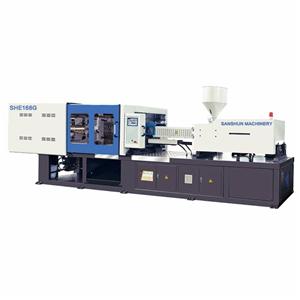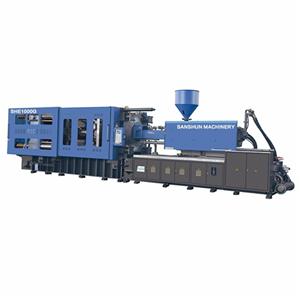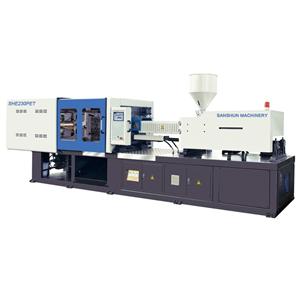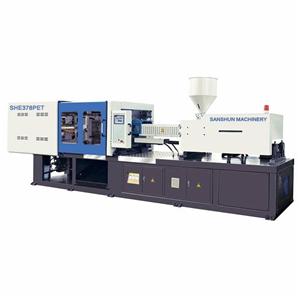- Home
- >
- News & Resources
- >
- Our Blog
- >
- How to control the color difference of injection products
Chromatic aberration is a common defect in injection molding. It is not uncommon for injection molding machines to be discarded in batches due to the difference in the color of matching parts. There are many factors affecting color difference, including raw material resin, color masterbatch, mixing of color masterbatch and raw material, injection molding process, injection molding machine, mold, etc. Because of the wide range of involved areas, the color difference control technology is also considered to be one of the more difficult technologies in injection molding. In the actual production process, we generally control the color difference from the following aspects.
1. Eliminate the influence of raw resin and color masterbatch
Controlling raw materials is the key to thoroughly solving color differences. Therefore, especially in the production of light-colored products, the obvious influence of the thermal stability of the raw material resin on the color fluctuation of the product cannot be ignored. Since most injection molding manufacturers do not themselves produce plastic masterbatches or color masterbatches, the focus can be on production management and raw material inspection. That is to strengthen the inspection of raw materials storage;
In production, the same product should be produced by the same manufacturer, the same brand of masterbatch, and the color masterbatch as much as possible. For the color masterbatch, we need to carry out spot checks and test colors before mass production, both the same as the last proofreading and comparison in this time. The difference is not large, it can be regarded as acceptable, just like the batch color masterbatch has a slight color difference, the color masterbatch can be re-mixed and then used to reduce the color difference caused by uneven mixing of the color masterbatch itself. At the same time, we also need to focus on the thermal stability of the raw resin and color masterbatch. For those with poor thermal stability, we recommend manufacturers to replace them.
2. Eliminate the influence of uneven mixing of color masterbatch and masterbatch
Poor mixing of plastic masterbatch with color masterbatch will also make the product color volatile. After the masterbatch and the masterbatch are mixed uniformly, when they are fed into the hopper through the lower suction device, the masterbatch is separated from the masterbatch due to the electrostatic effect and easily adsorbed on the hopper wall. This will inevitably cause a change in the amount of the masterbatch during the injection cycle, which will cause Chromatic aberration.
In this case, the raw materials can be sucked into the hopper and then manually stirred. Many companies now use feeders to add color masterbatches, which saves a lot of manpower and provides great help for color difference control. However, due to the improper use of many companies, the results are often difficult to satisfy.
The amount of color masterbatch added by the feeder at a fixed speed depends on the plasticizing time, and the plasticizing time itself fluctuates, and sometimes the fluctuation is relatively large. Therefore, to ensure a constant feeding amount, the feeding time of the feeder needs to be fixed. , And the set time is less than the minimum plasticizing time. When using the feeder, please note that because the feeder outlet is small, after a period of use, the raw material particles accumulated in the screw of the feeder may cause inaccurate feeding and even cause the feeder to stop. Need to be cleaned regularly.







